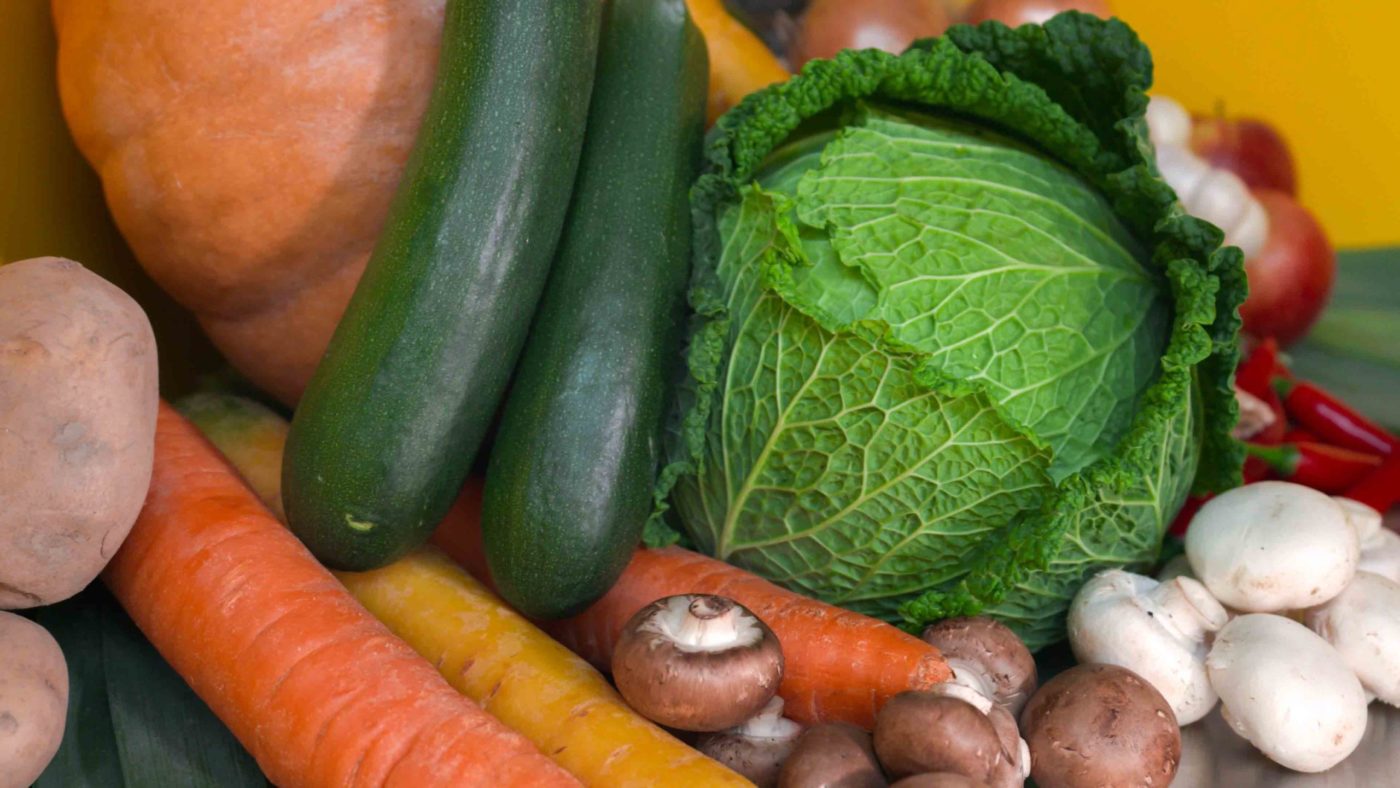Source: Foodies Go Local
If you had to come up with an example of Japanese food, you might say sushi or ramen. But did you know that curry is actually considered to be one of the national dishes of Japan? In Kanda, a small business area in Tokyo populated with lots of offices, it’s not uncommon to see besuited business men standing in lines to eat curry for lunch at one of the 400 or so specialist restaurants that dominate the district.
You’ll see curry as an option on a wide range of Japanese food menus, whether it’s at a casual family joint or the fine dining room of a leading five-star hotel, in a soba noodle restaurant, local café, a school cafeteria or even at a pastry shop. Curry is also a staple dish on the menu of Japanese homes, with many people frequently preparing curry for lunch or dinner.
The key to curry’s enormous popularity? It’s got to do with what’s known as the “curry roux,” a unique Japanese invention that’s been a staple product of Japanese kitchens for more than 60 years.
The ingredients of a typical curry roux include flour, spices, oils and fats. A number of curry roux brands are available, each offering a selection of “mild,” “medium” and “spicy” levels to satisfy different consumer preferences. The curry roux produces a curry that is thick in texture, very similar to English-style curry but different to that which you’ll eat in India or Southeast Asia.
You can make a tasty curry by simply mixing the curry roux with any other ingredients you want to include together in a pan. Japanese people like to get creative, inventing their own personalized curry dishes with various ingredients and seasonings.
According to recent trends, and with an increase in the number of dual-income and elderly households, pre-packaged curry in a pouch is becoming increasingly popular. As lifestyles change, this kind of ready-made Japanese curry is proving now more than ever to be a convenient, customizable and always delicious meal option.
Japanese curry is usually eaten with rice together as one dish and is seen as a heart-warming symbol of family dining.
Source: Foodies Go Local



